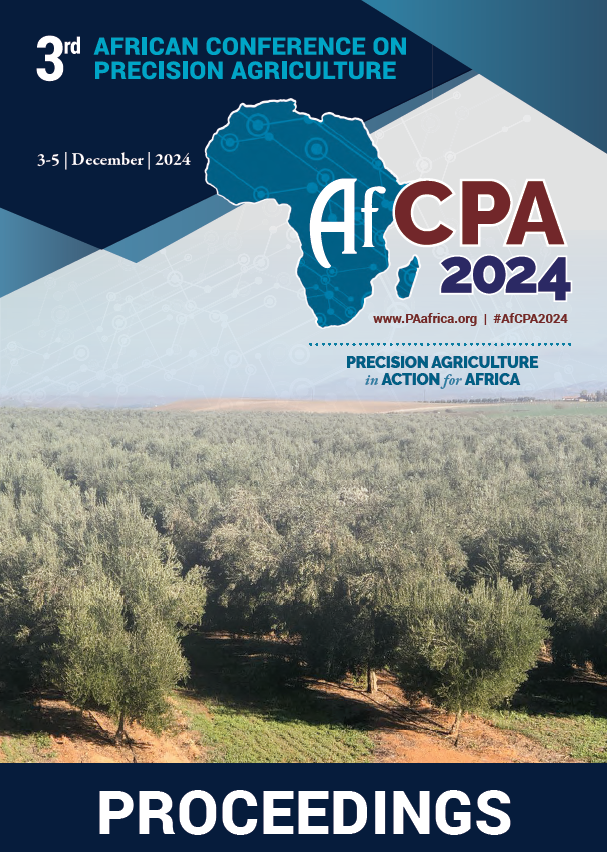Download the Conference Proceedings
Get your copy of the 2024 African Conference on Precision Agriculture Proceedings today! Download the PDF file and view all of the available proceedings.
Proceedings
Authors
| Filter results1 paper(s) found. |
|---|
1. Real-Time Moisture Control in Irrigation Systems for Water Use Efficiency and Climate Change Resilience. A ReviewDue to the increasing water scarcity and uncertainties of climate change, improving crop water use efficiency and productivity, at the same time minimizing detrimental effects on the environment to meet the world's rising food demand. Thus, is necessary to adopt innovative irrigation strategies, such as drip irrigation. Smart irrigation has a potential of improving water use efficiency in precision agriculture. Conventionally, irrigation systems rely on heuristic methods in order to schedule... D. Kindikiza |
